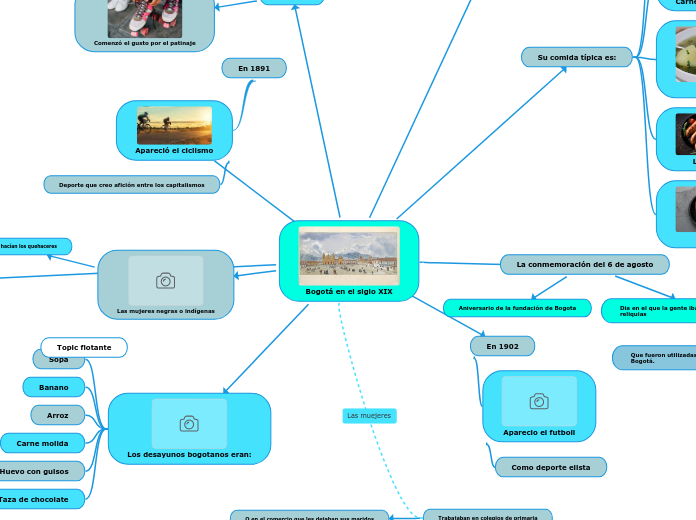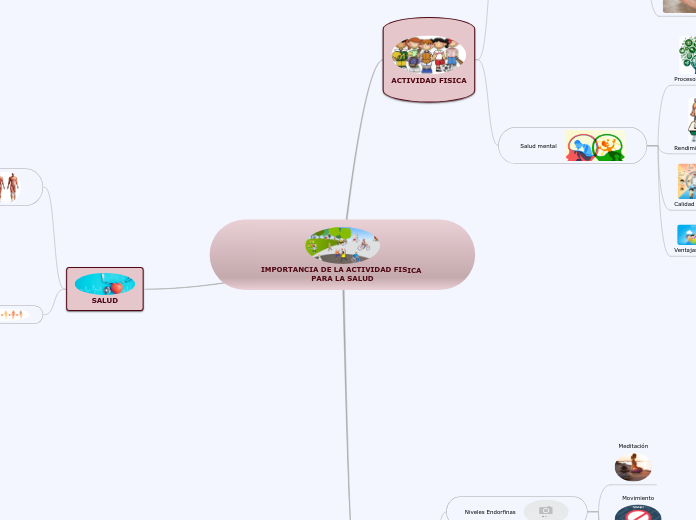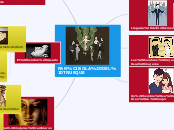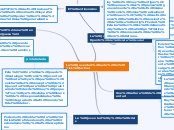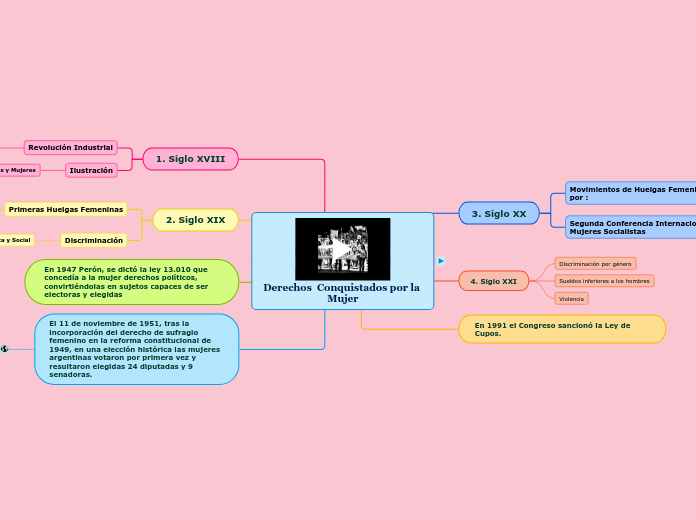jonka dana martinez escorcia 3 vuotta sitten
234
Bogotá en el siglo XIX
En el siglo XIX, Bogotá experimentó un crecimiento significativo de población debido a las migraciones, lo que llevó a que diferentes clases sociales convivieran en el mismo espacio.
